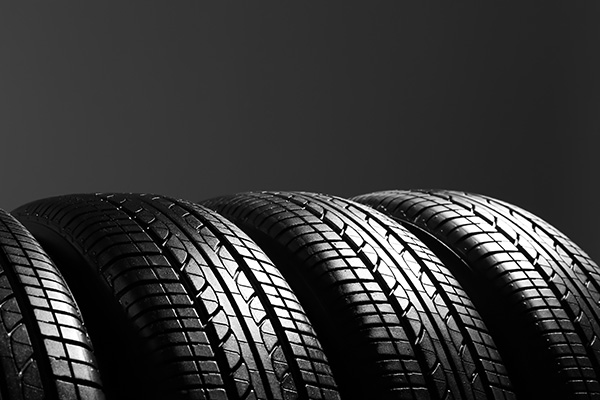
Your tires are the only part of your car that touches the road, so it’s important to ensure they’re in good condition. But how do you know when it’s time to replace them? Worn-out tires can compromise your safety, affect fuel efficiency, and reduce overall driving performance. Whether you're a daily commuter or someone who only drives occasionally, understanding the signs that indicate tire replacement is necessary for keeping your vehicle safe and roadworthy.
1. Tread Wear
The tread on your tires is designed to grip the road and provide traction, especially in wet or icy conditions. Over time, that tread wears down, reducing your tire’s ability to perform its job effectively. The experts recommend replacing tires once the tread depth reaches 1.6 millimeters. You can check your tread depth using a tread depth gauge, which gives a precise reading of how much tread is left.
It's important to regularly monitor your tires, especially if you notice reduced traction or longer stopping distances. If you drive often on rough or uneven roads, your tread may wear down faster, so keep an eye on them.
2. Uneven Wear and Tear
Have you noticed that one tire is wearing out faster than the others? Uneven tread wear is often a sign of underlying issues, such as improper wheel alignment or suspension problems. Tires should wear down evenly across the entire surface. If you see bald spots, excessive wear on one side, or uneven tread patterns, this can be a red flag.
Rotating your tires regularly—about every 8,000 to 10,000 kilometers—can help even out the wear and prolong their lifespan. If the wear is already significant, it’s a sign you may need to replace the affected tire (or tires) sooner rather than later.
3. Cracks and Bulges
Besides tread wear, physical damage is another clear indicator that you need new tires. Check your tires for visible cracks, bulges, or blisters, particularly on the sidewalls. These deformities are signs that your tire has weakened, either from age, impact, or exposure to extreme temperatures. A bulge, for instance, signals that the internal structure of the tire has been compromised, and it could lead to a blowout at high speeds.
If you spot any of these signs, it’s best to replace the tire immediately to avoid dangerous situations on the road. Waiting too long to address these issues can lead to sudden tire failure, which is both costly and hazardous.
4. Age of Your Tires
Even if your tread is still in good condition, tire age plays a critical role in their overall performance. Tires naturally deteriorate over time, even if they aren’t used often. Rubber compounds harden, and the tire becomes more prone to cracking, leading to reduced performance. Most tire manufacturers recommend replacing tires after six years, regardless of how much tread remains.
To check the age of your tires, you can look at the sidewall. Tires have a DOT code that includes the week and year of manufacture. For instance, a tire with the code “2518” was made in the 25th week of 2018. If your tires are reaching that six-year mark, it might be time to think about replacements, even if they still appear functional.
5. Decline in Performance
Your driving experience can also tell you when it’s time for new tires. Have you noticed your car sliding more often in rainy conditions? Is it taking longer to brake? Worn tires lose their ability to channel water away from the tire’s surface, increasing the risk of hydroplaning. Similarly, a longer braking distance or less responsive handling can mean your tires aren't gripping the road as they should.
If you're noticing any of these symptoms, don’t wait too long to have your tires inspected. Tires are integral to your vehicle’s safety, and poor performance could be putting you at risk.
Need new tires or aren’t sure if your current ones are safe? Bring your car to A Plus Automotive. We’ll inspect your tires, check for any signs of wear, and recommend the best solution to keep you driving safely.